Picturing the creative process
Understanding creativity - getting inside the black box to getting messy - models to navigate our way through the maze.
Hello writing friends,
Sliding into your inbox and feed a day late because sometimes it’s good to shake things up a little. On that theme, today’s post is picture-led.
Generally, when I need to figure something out, I write it down. Writing is a tool for thinking, but words weren’t helping. Faced with a creative conundrum I grabbed a pen and drew it out. The words followed. Then Chris made sense of my scribbles. That was before I spilled my tea over them - life imitating art by demonstrating the messiness of creativity and how we often require help from others.
Let’s begin by considering the nature of creativity.
The uncertainty of creativity
A creative task is by definition uncertain. We have no idea how long it will take. We can’t know for sure whether we’re close to finishing or not. We can’t be certain what the outcome will be and whether we will succeed or fail.
From the outside, it looks like a black box. An idea goes in at one end and at the other an output pops out. If we’re lucky. Or talented. Or persistent - or whatever the elusive combination is.
Perhaps it is more like a maze in that there’s a correct way to do it, you just have to find it out. After all, a creative task involves experimentation and trial and error, dead ends, wrong turns and retracing your steps and starting all over again from the beginning.
When we look at other people’s processes, we see the messiness of what’s involved. Their mazes all took different routes. The process seems impossible to navigate. It is undefinable and unknowable. A little like this.
Yet, the human brain craves clarity. We want to define and explain what happens, make it knowable, to have a process with steps that take us from idea to output. Steps we can follow. Steps we can repeat.
This linear process is sometimes refered to as algorithmic.1
While the creative process isn’t logical and predictable - it’s not entirely random either. We can define some of it and there are many different models of creativity. One I find helpful takes us from idea to output through four distinct stages: exploration to incubation through to creation then revision.
While I think the creative process does have these stages, we don’t progress through them in a linear way when we create anything. We often have more ideas than we have outputs, so the process resembles a funnel as we explore and filter the ideas we want to pursue.
Combining the funnel with the stages of creativity, we create what some researchers call the ‘double diamond’.2 This takes into account divergence as we explore lots of ideas, then convergence as we choose an idea. Working on that idea takes us wider again as we create, then revision will hone that to an output. As writers we have many ideas for projects, yet limited time and energy to pursue them; when we pick one, we might write more than we need, then edit down as we structure and shape our stories, books or articles.
Over a life we can see our creative practice as a series of funnels. We will have more ideas than we can execute. There are also ebbs and flows, periods of fertile ideation and productivity followed by fallow seasons.
We might expect our skills and confidence to increase with each project. Every time we complete something, there will be a sense of mastery. We are getting better!
Yet, more often it feels like we are zig-zagging.
We oscillate wildly. Our confidence rises and falls. And as we create more, we push at the limits of what we are capable of, so we rarely coast on a stable level of ability. Perhaps the peaks are flashes of insight, achievement and success - the dips are when we falter and fail.
This uncertainty makes the creative process so frustrating, but also so damn fulfilling. I believe that is why we continue to write, create and make.
Whatever you’re creating the process you engage in is non-linear. You’ll get blocked, hit some dead ends, you might get lost along the way. But also remember there’ll be breakthroughs and ah-ha moments too - it’s these that will keep you going.
And try not to spill tea on your work in progress. See you next week, Bec
Chuffed to bits with this review of Written from artist Iain Welch
Thank you Iain! You can follow Iain on Instagram @artywelch where he shares the most heart-filling illustrations of dogs or check out his website iainwelch.co.uk
We wrote about this last year in ‘Why writing isn't like following a recipe’
The Design Council describes the double diamond as a universally accepted depiction of the design process. You can check out resources on its website: The Double Diamond.







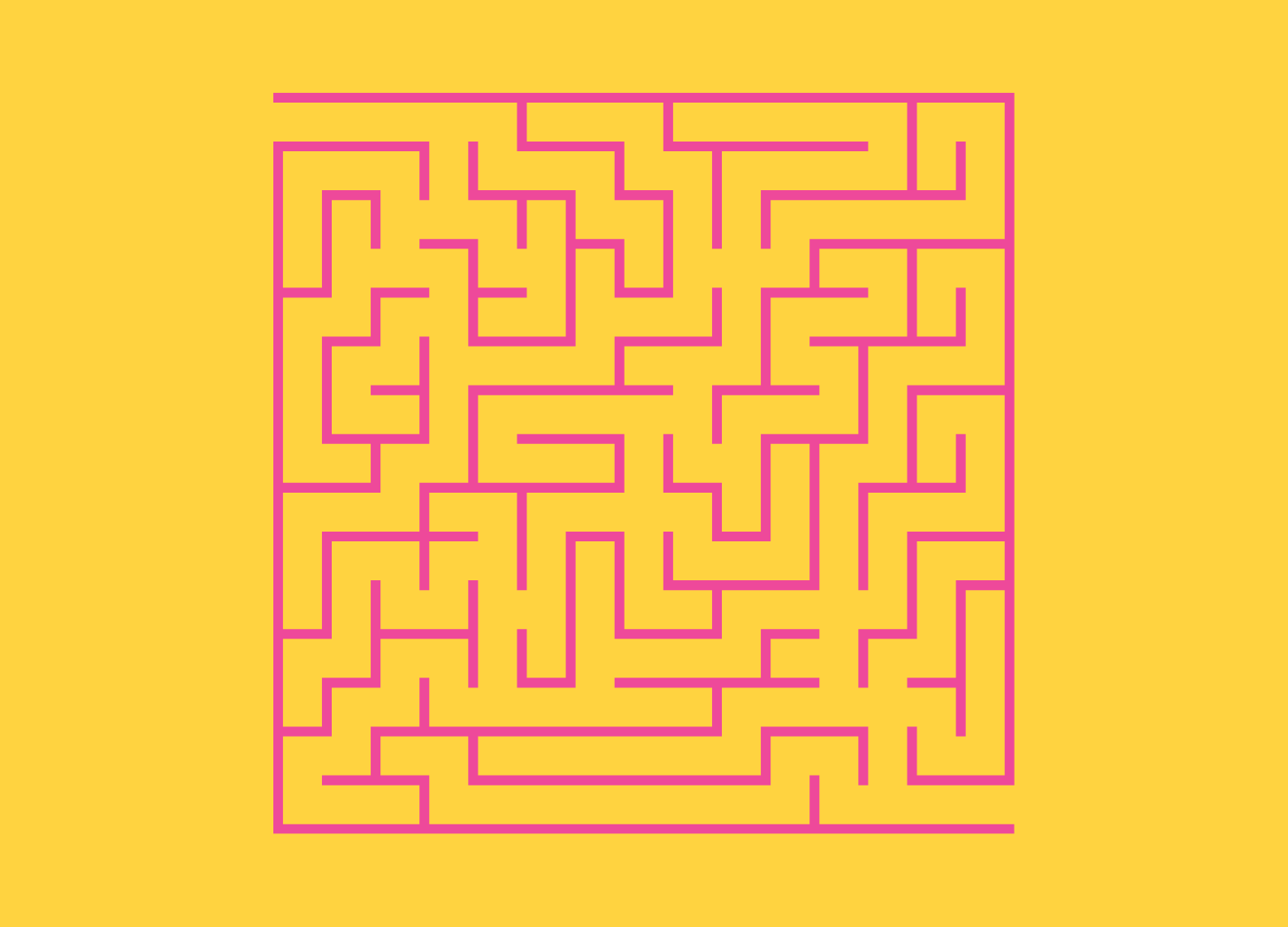
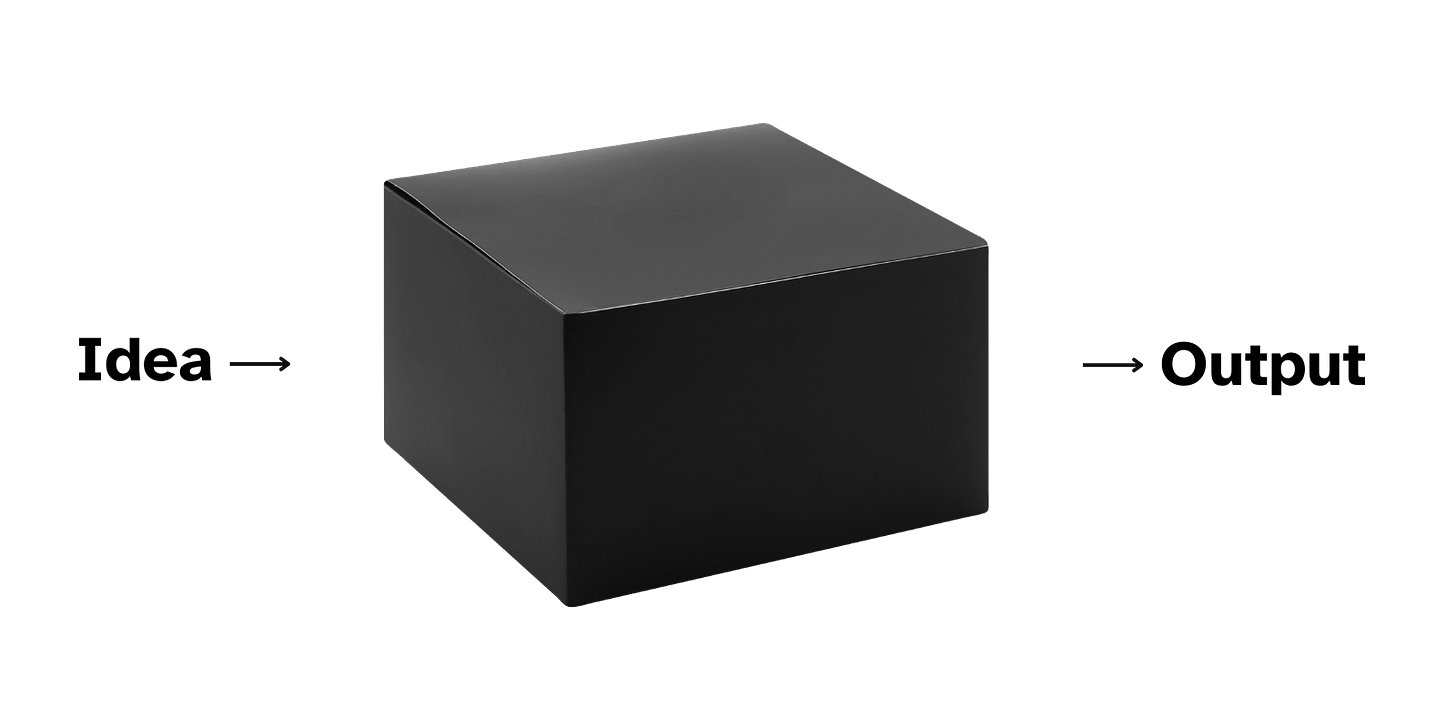
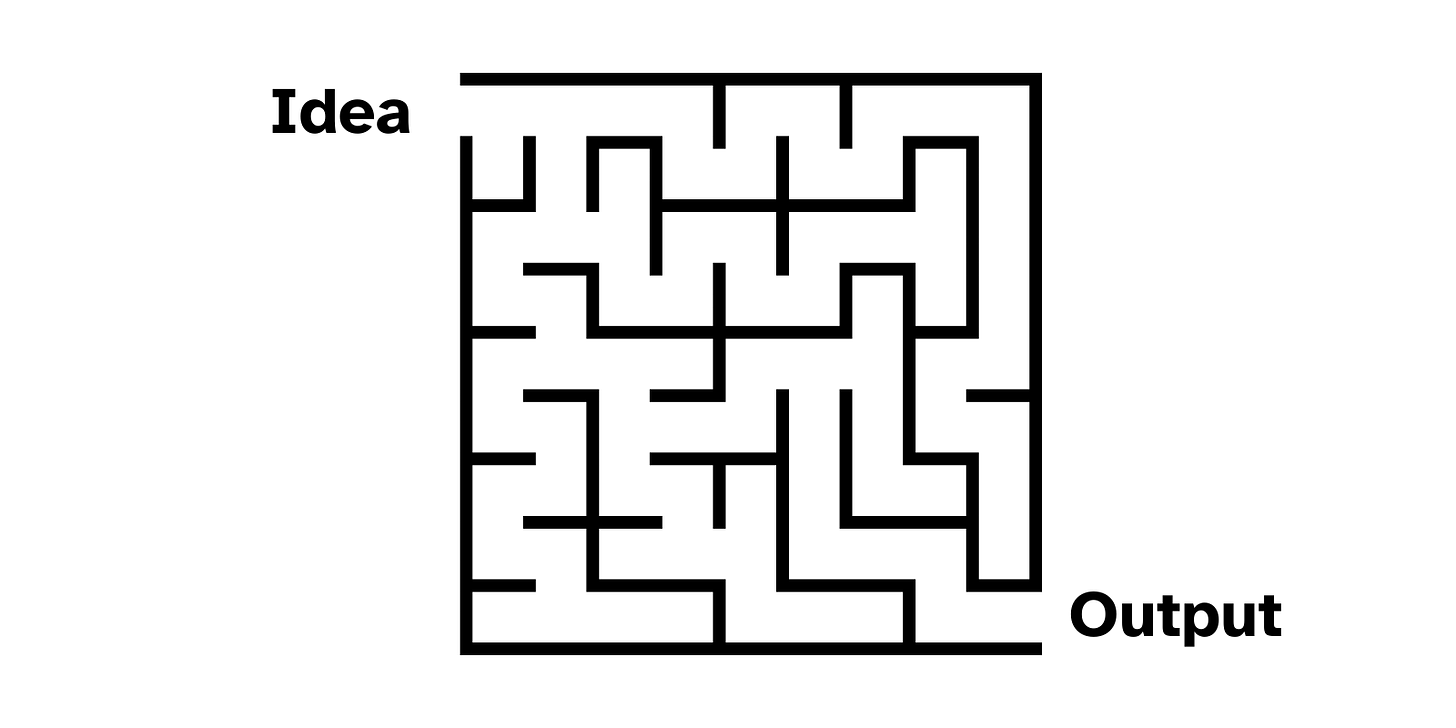
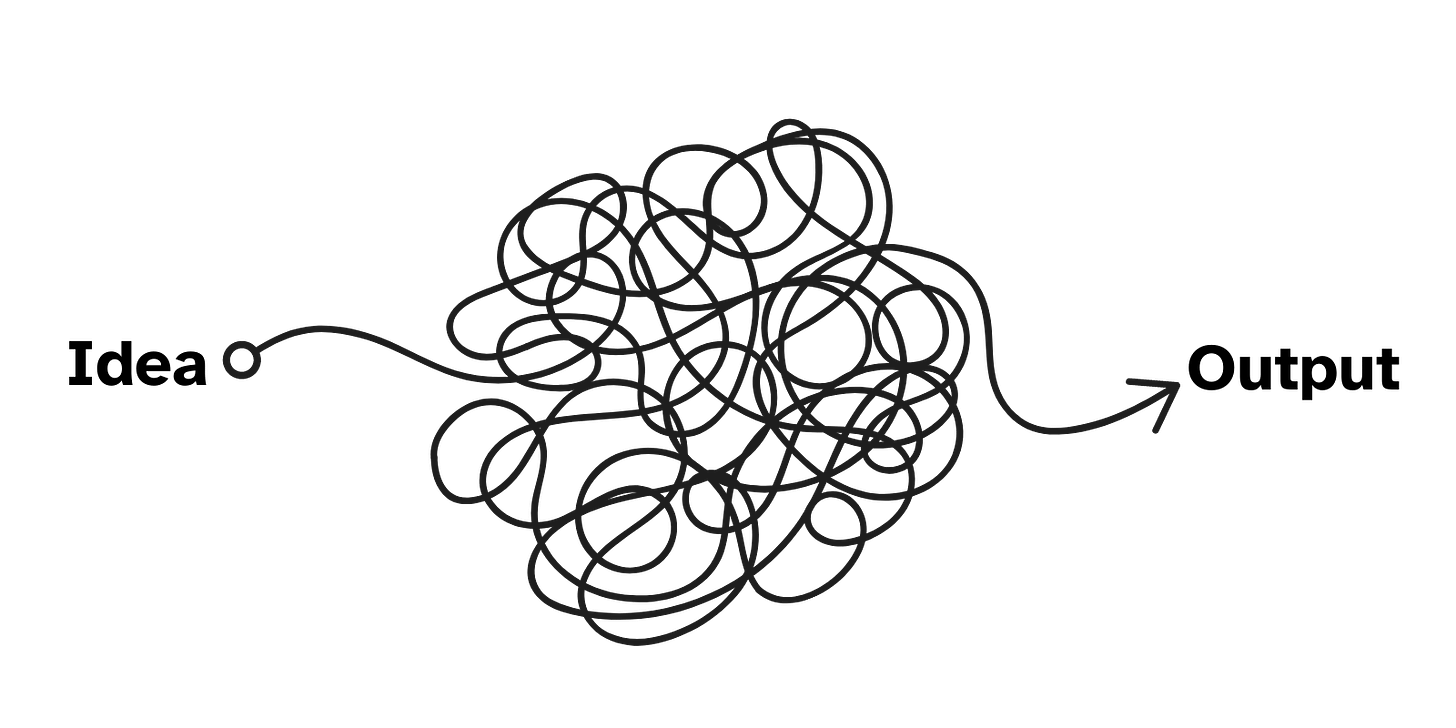


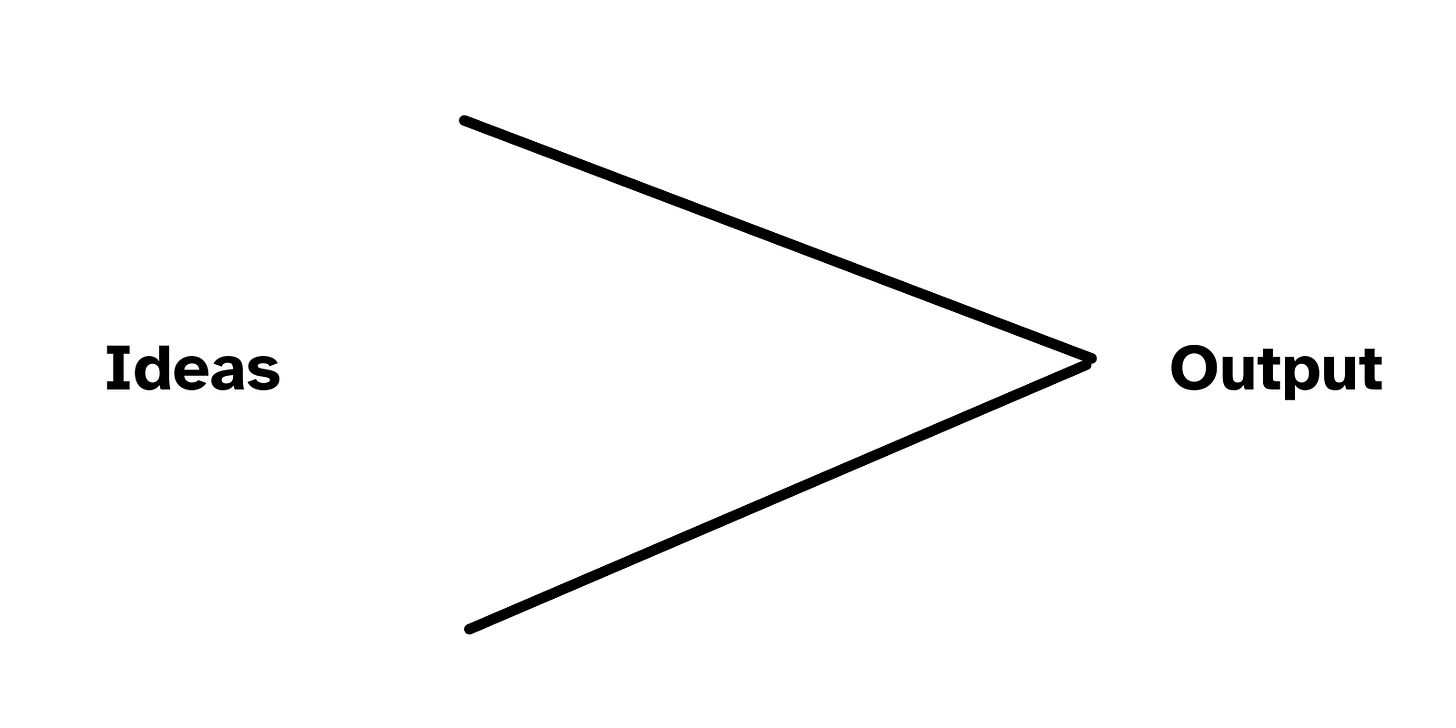
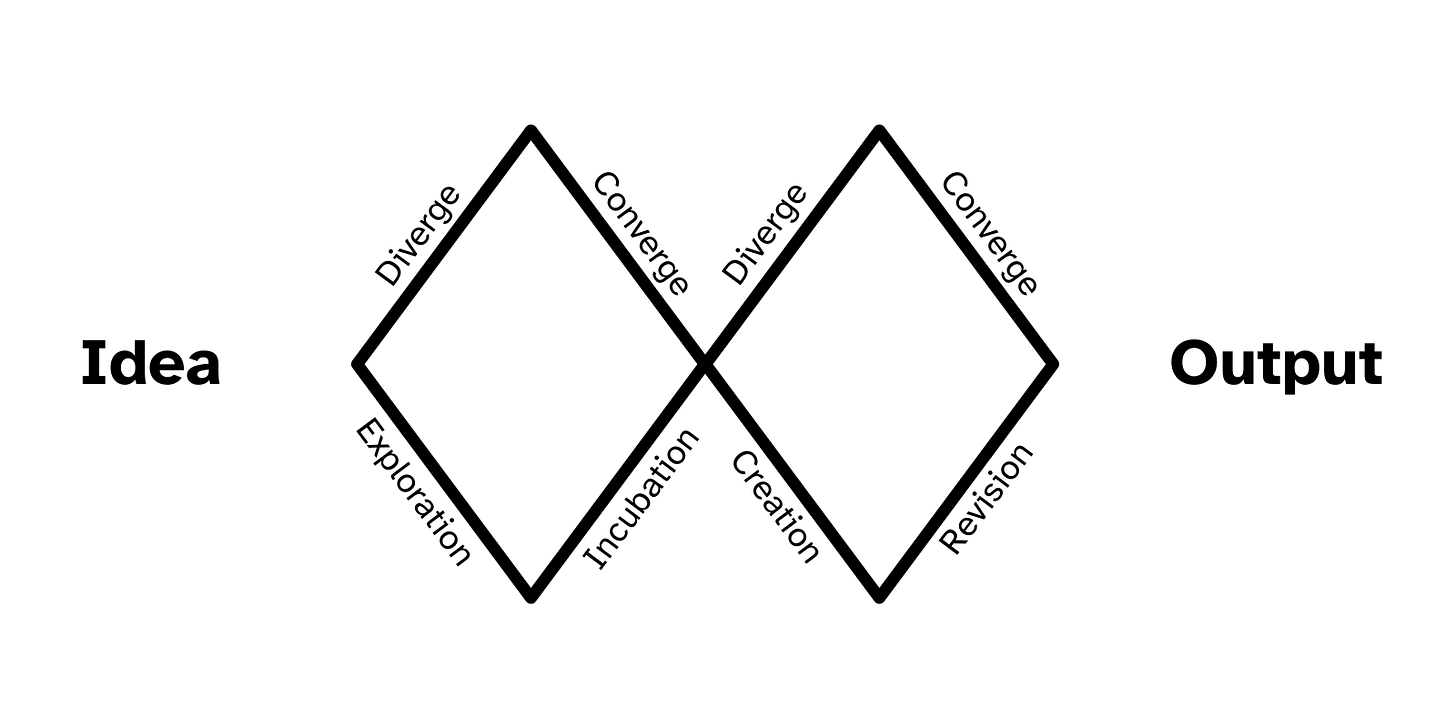

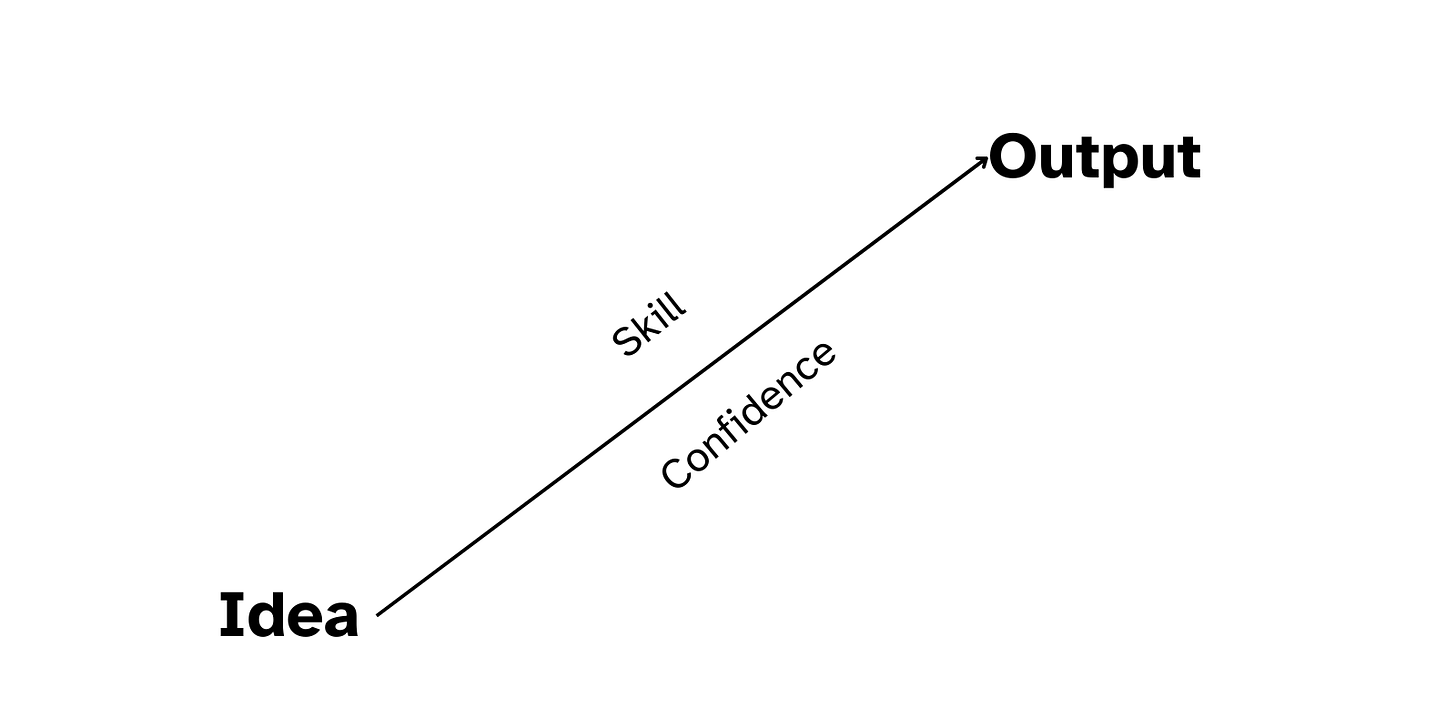
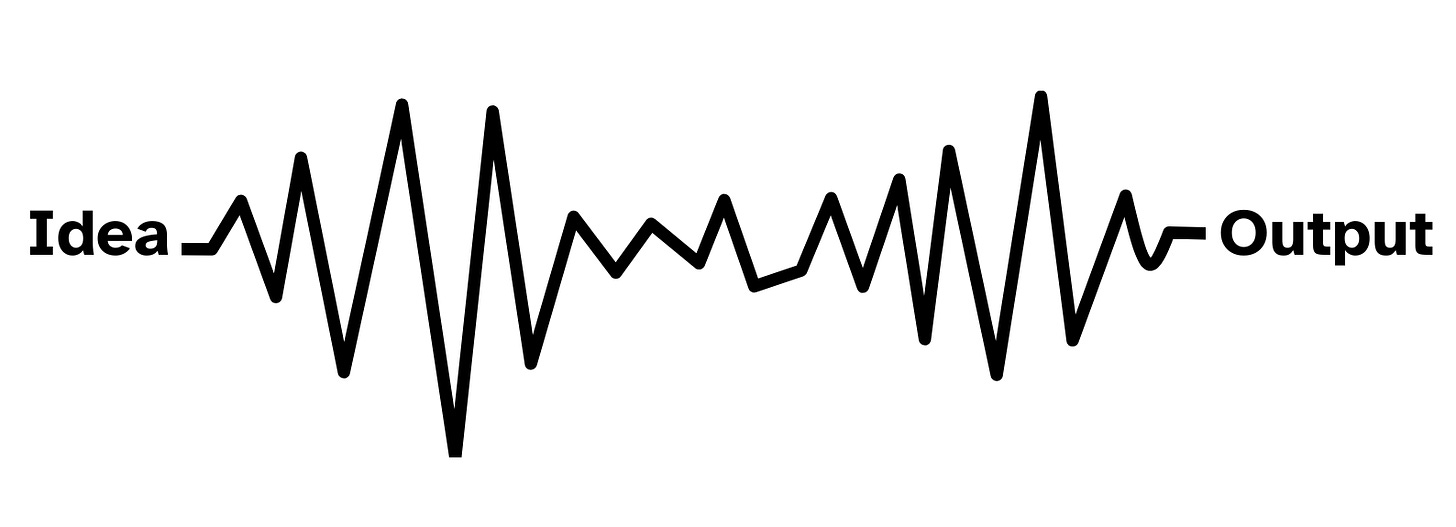
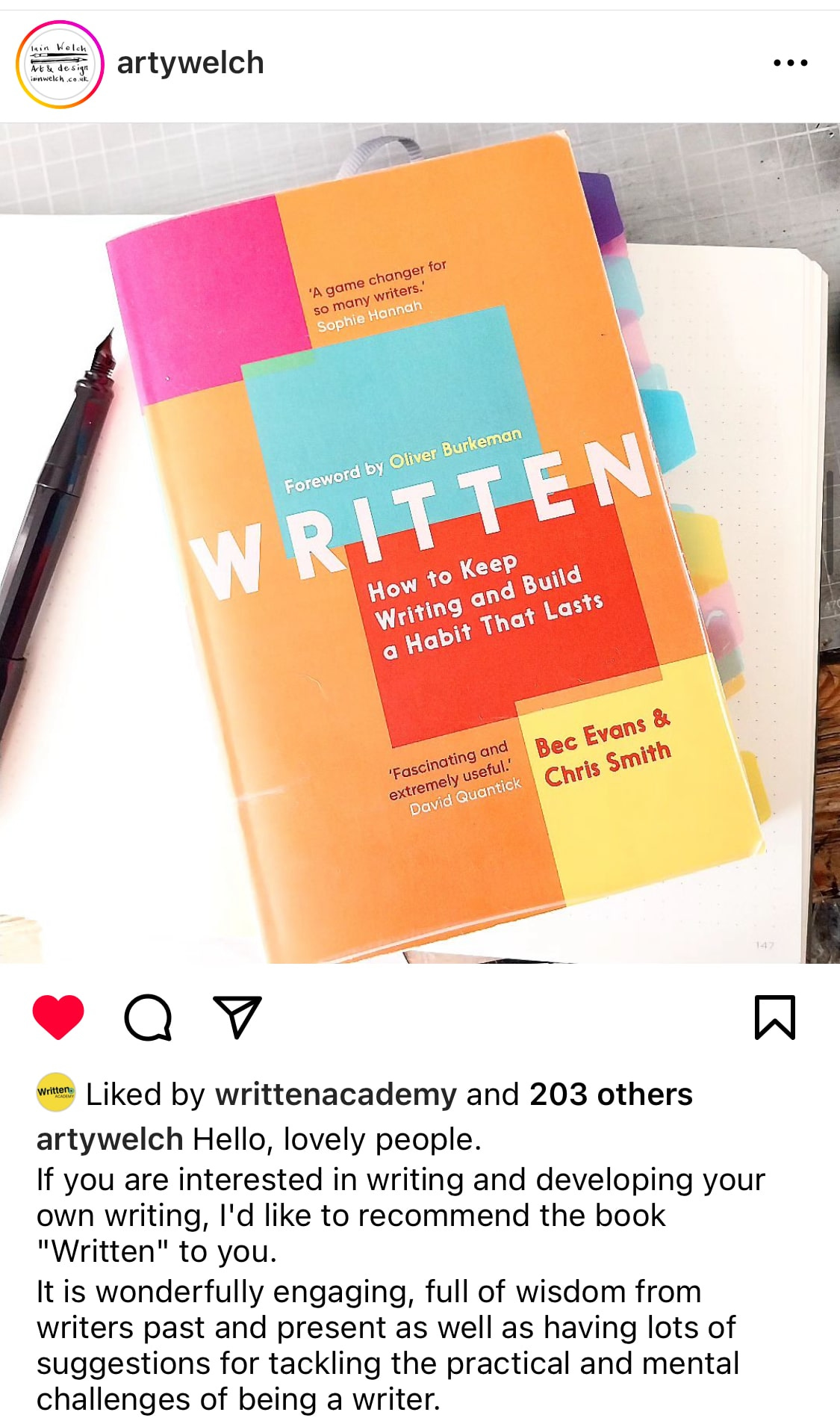
Now if there were only a way to pile up all those models in a 3D portrayal -- I think it might look a bit like my brain while thinking ~ writing. 🤯 #LifeisNonlinear
This was very consoling. I had such a frustrating week this week, trying to write a chapter, and a Substack article, neither of which seemed to be going anywhere. Knowing where you are in the 'process' is a good point to consider when you get frustrated.
Loved the visuals!